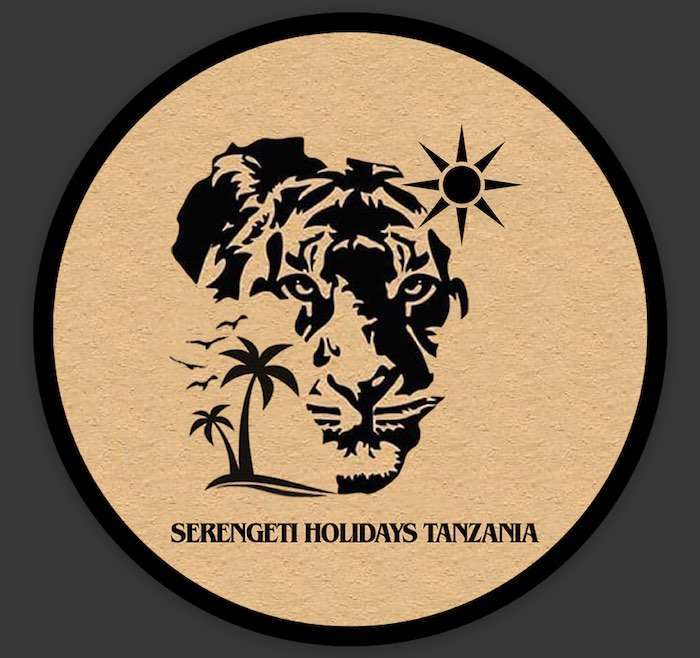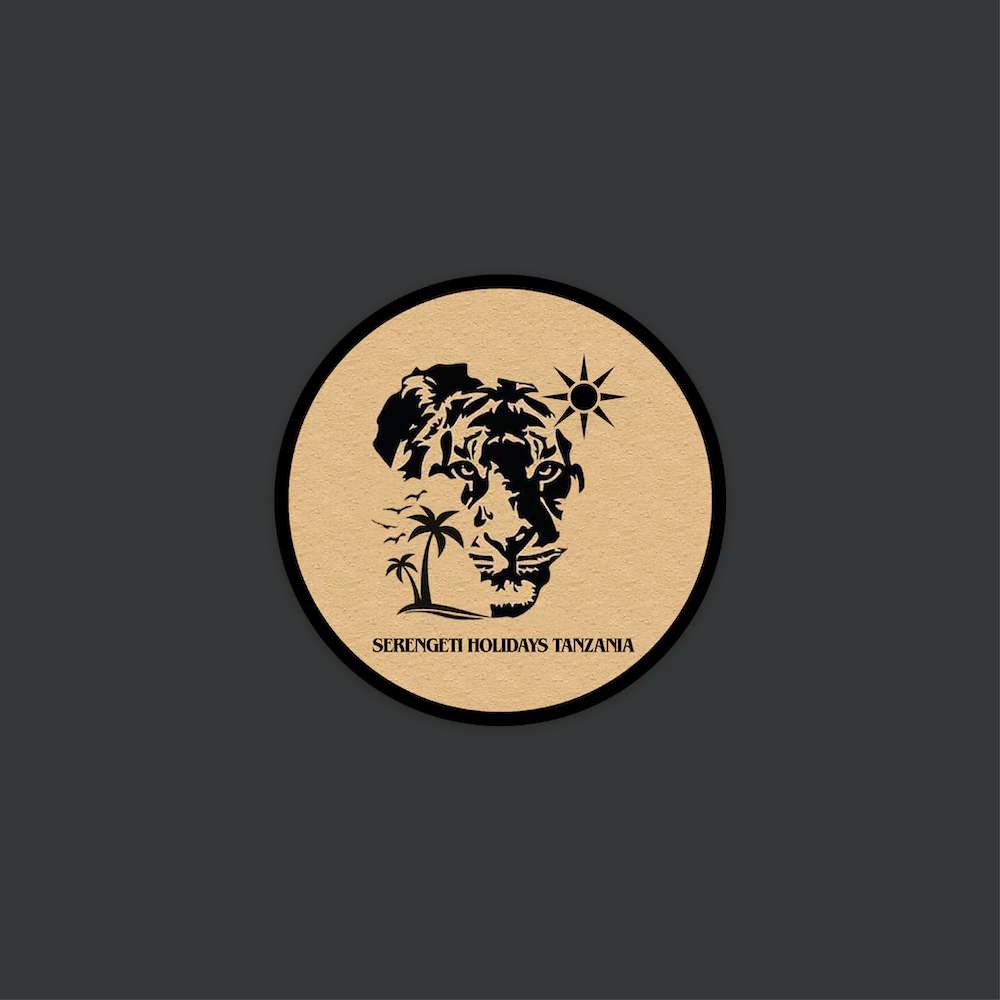
- Arusha - Tanzania
- Travel Tips
- Blog
- Safari offers


Overview
With almost a decade of experience, we’re proud to be able to offer customized Tanzania travel advice that is second-to-none. Here we answer your top questions regarding need-to-know Tanzania travel advice
I want to visit Tanzania, but is it safe?” This is a question that regularly comes up from our clients seeking Tanzania travel advice. The short answer? Yes! Tanzania is one of the safest destinations in Africa, with more than 1 million tourists visiting the country every year.
Travelling with the travel experts at Serengeti Holiday , safety is paramount. Our private safari experiences with knowledgeable, professional guides enhance your experience in Tanzania and ensure your total peace of mind.
Most international travellers will need a visa to travel to Tanzania. Your visa can be requested online through the official visa website or https://visa.immigration.go.tz/ from the Tanzanian government. Please note that this is the only official link for Tanzania visa applications.
It is also possible to get a tourist or business visa for a single entry on arrival at the main ports of entry to Tanzania. This visa for Tanzania is valid for three months. You may be asked to provide proof of your return journey, and costs are $50 per person, US Citizens $100 per person.
When arranging your trip to Tanzania with us, we guide you through every step of the visa and administration process.
Tanzania is GMT + 3. To put that into terms we all understand, check out the time difference from Tanzania to LA, New York, London and more below.
The Tanzanian shilling is the official currency of Tanzania. You can use the Tanzanian shilling for smaller expenses like shopping at local markets, restaurants and supermarkets. The US dollar is used in many places, too, especially in tourist areas where many locals prefer to receive US dollars over local currency.
1 US Dollar is 2,3oo Tanzanian shilling.
1 GB Pound is 3,000 Tanzanian shilling.
These currencies are subject to changes depending on the World stock market on the subject duration
There are over 100 different languages spoken in Tanzania. The official languages, however, are Swahili and English. You can expect all your Tanzania Specialist guides and hosts to speak English, but if you’re looking to learn a few words of Swahili before your trip, check out our list of top 25 useful words in Swahili!
Travelling in Tanzania is more than just a vacation. For many explorers of Tanzania, this is a bucket-list adventure to remember for a lifetime. For detailed Tanzania travel advice or to start planning your custom vacation in Tanzania, contact us now.
Many travellers ask us when the best time is to visit Tanzania. The answer is … there is not one right answer. It depends on what you want to see, where you want to go, your budget and interests. Every time of the year has its pros and cons. Some people will prefer to visit Tanzania during the dry season, when roads are better, it doesn’t rain and you can see a lot of wild animals. But the prices will be higher as well as the amount of tourists around you. Other people are fine with a little bit of rain and go during the wet season where you can see lots of birds and a colorful nature, for a cheaper price and with less travelers.
We have made a list of all pro’s in the dry and wet season in Tanzania. We hope that it will help you to make your choice. Everyone is different, there is no correct choice. A Tanzania Travel is beautiful the whole year!
The wet season (also called rainy season) runs from October to December and from March to June. The pros of traveling during this wet season:
If the wildebeest migration is the main reason you visit Tanzania, it is important to know where the herds are at what time. Check out our article Great Wildebeest Migration.
Tanzania has three different holiday seasons:
High-season: January, February, June till October and December. This season is the most popular by tourist and therefore hotels charge the highest rates. Some hotels charge a peak-rate from December 22nd until January 10th.
Mid-season: March, November 1st – December 21th.
Low-season: April and May. This season is the least popular and therefore hotels charge the lowest rates.
Our Company provide a seamless and effortless booking process for a variety of travel options in Tanzania and Kenya.
Userful Link